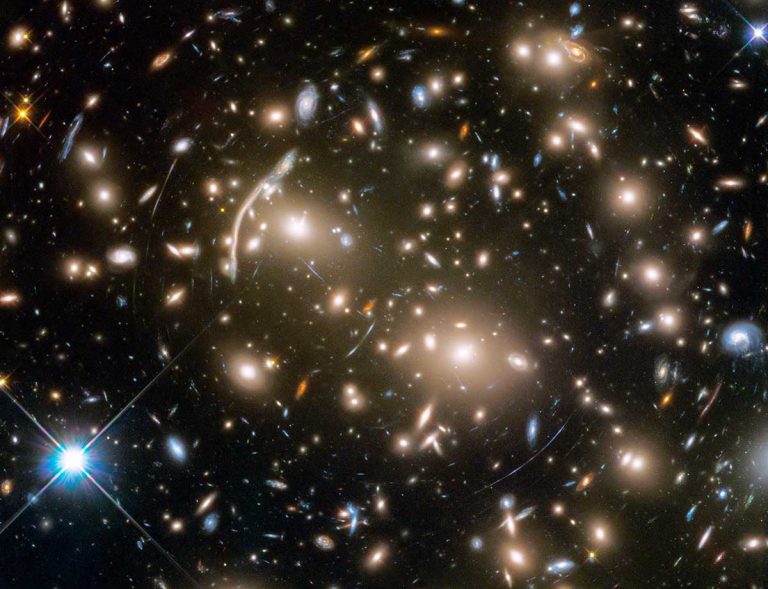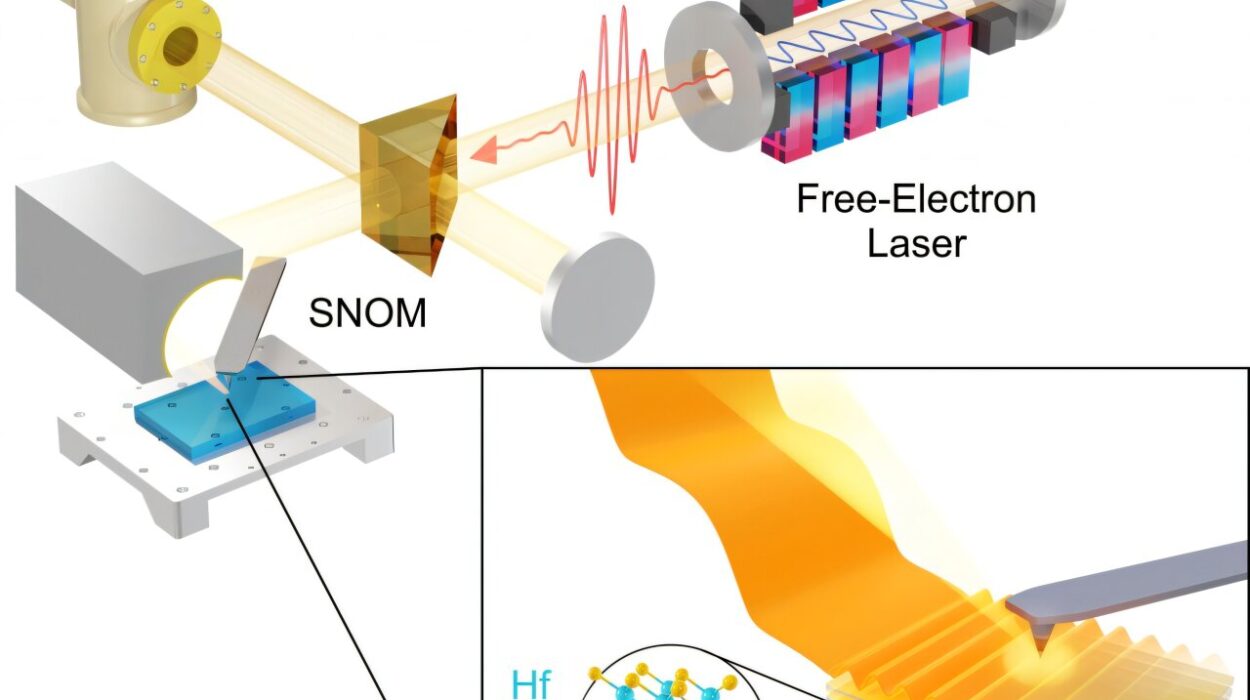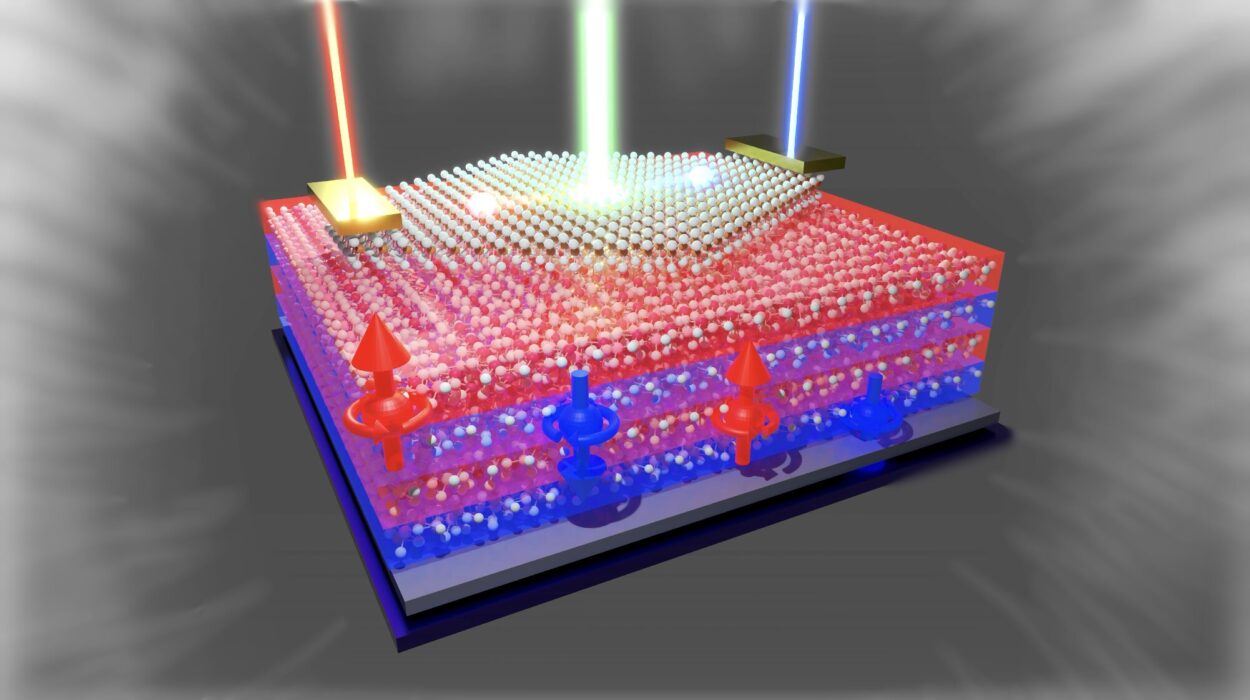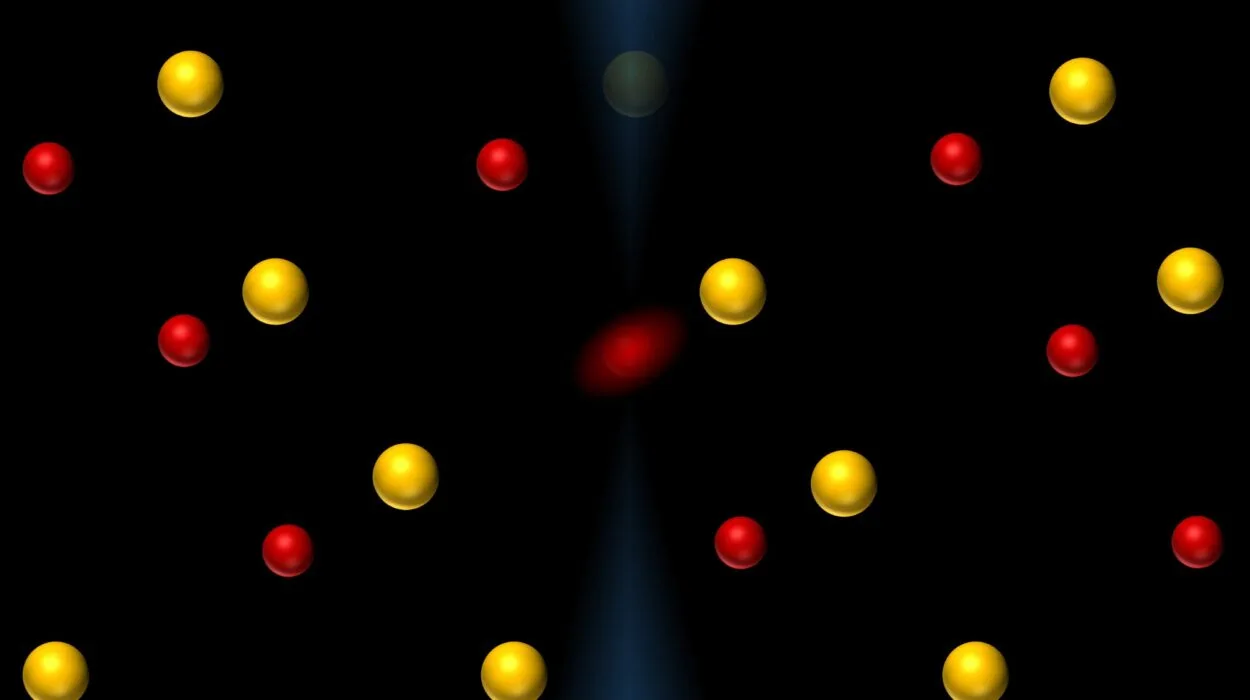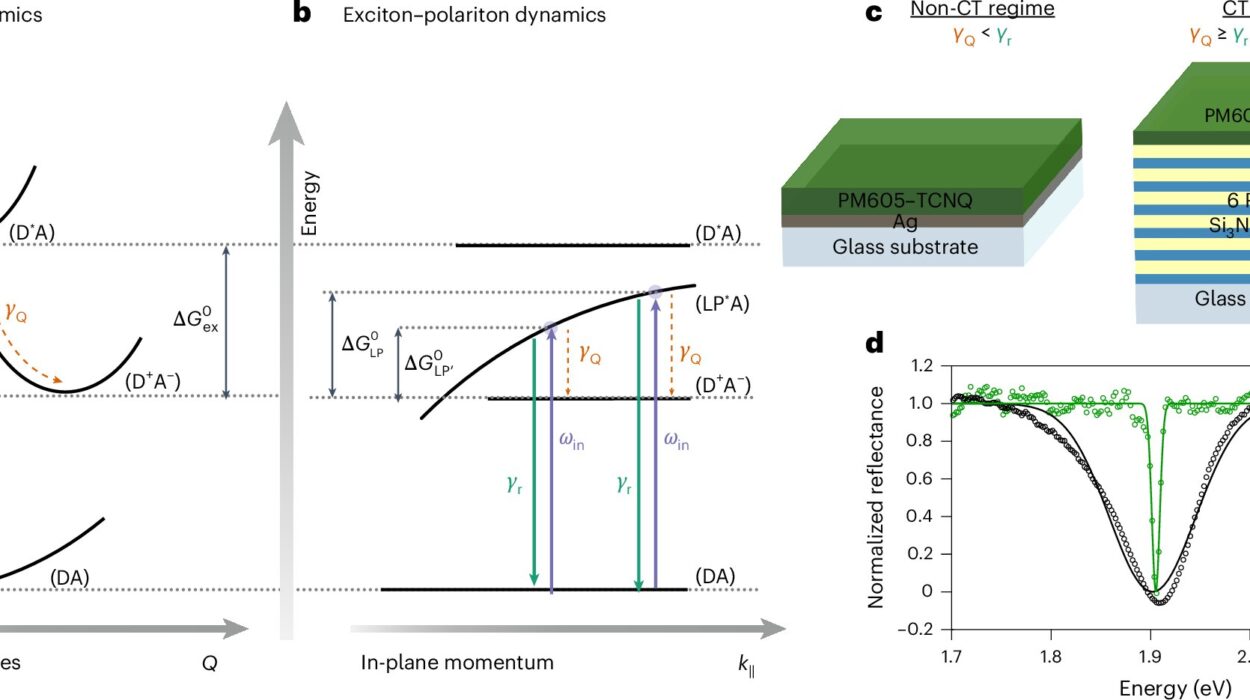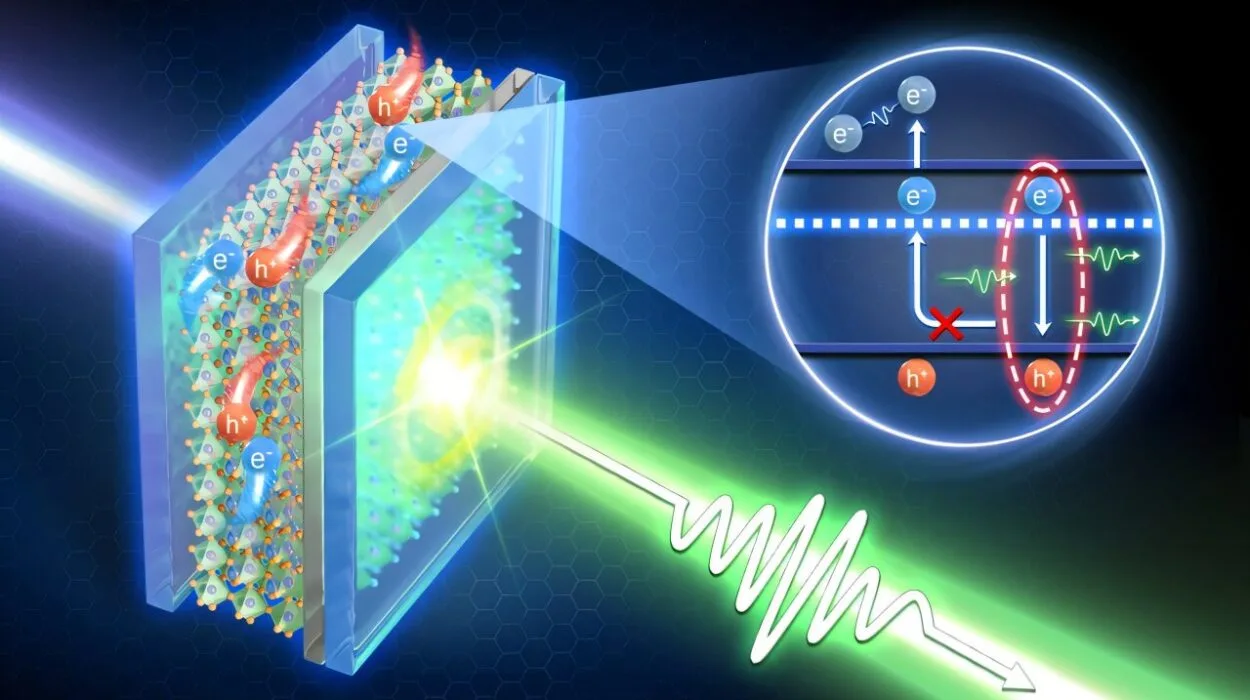Ask anyone what gravity is, and they’ll likely bring up the image of an apple falling on Isaac Newton’s head. It’s a story that’s become almost mythological, a symbol of how a simple observation can spark a revolution in thought. But as quaint and inspiring as that tale may be, it barely scratches the surface of what gravity really is.
In Newton’s time, gravity was a mysterious force that pulled objects toward one another. The Earth pulled the apple down. The Moon was held in its orbit by Earth’s pull. Everything in the cosmos seemed tethered together by this invisible string. It was a marvelously useful concept, precise enough to predict planetary motion and the trajectories of cannonballs. But it wasn’t the whole story.
Then came Albert Einstein, who shattered the classical mold with his General Theory of Relativity, proposing that gravity wasn’t a force at all—it was the warping of space and time itself. And that, as it turns out, was just the beginning. Today, physicists are exploring ideas that stretch the imagination: gravity as an emergent property, quantum gravity, entropic gravity, and even gravity that may leak into other dimensions.
So, what is gravity, really? Let’s take a journey through the winding and wondrous road of physics—from Newton’s apple to Einstein’s spacetime to the frontiers of modern science—to uncover how gravity truly works.
Newtonian Gravity: The First Universal Law
When Newton published his Philosophiæ Naturalis Principia Mathematica in 1687, he didn’t just provide a new framework for understanding gravity—he revolutionized the very idea of universal laws. His law of universal gravitation stated that every object in the universe attracts every other object with a force proportional to the product of their masses and inversely proportional to the square of the distance between them. That equation, simple as it appears, was powerful enough to predict planetary orbits, tides, and even the paths of comets.
What made Newton’s theory so compelling was its universality. Gravity wasn’t just something that happened on Earth—it extended into the heavens. For the first time, the same law explained both the fall of an apple and the orbit of the Moon.
But even Newton was puzzled by what he had discovered. He famously wrote that it was “inconceivable that inanimate Matter should, without the Mediation of something else, which is not material, operate upon, and affect other matter without mutual Contact.” In other words, he had no idea how gravity worked—just that it did.
Einstein’s Spacetime: A Radical Reimagining
More than two centuries later, a German-born physicist named Albert Einstein offered an answer to Newton’s long-standing question. In 1915, Einstein published his General Theory of Relativity, a groundbreaking theory that upended everything we thought we knew about gravity.
According to Einstein, gravity isn’t a force at all. Instead, it’s a geometric property of spacetime. Massive objects like the Sun don’t emit a gravitational force that pulls planets inward. Rather, they warp the fabric of space and time around them, and the planets move along the curves of that warped fabric.
To visualize this, imagine placing a bowling ball on a trampoline. The ball creates a depression in the trampoline’s surface. Now roll a smaller ball nearby—it spirals inward, not because the bowling ball exerts a force, but because the surface it’s rolling on is curved.
Einstein’s equations were not just conceptually elegant—they were also incredibly precise. They predicted phenomena that Newtonian mechanics couldn’t, like the precession of Mercury’s orbit and the bending of starlight by gravity, confirmed during a 1919 solar eclipse. It was a moment that launched Einstein into global fame and confirmed that gravity was more than just an invisible string—it was the very architecture of the cosmos.
The Geometry of the Universe: Curved Space and Geodesics
In Einstein’s universe, spacetime is not flat but curved. The amount of curvature depends on the amount of mass and energy present. Objects move along paths called geodesics—the closest equivalent to straight lines in curved space. What we perceive as gravity is simply an object following the curvature of spacetime.
For example, Earth orbits the Sun not because the Sun pulls on Earth with an invisible hand, but because Earth is following a geodesic in the curved spacetime created by the Sun’s mass. Remove the Sun, and spacetime flattens; the Earth would then travel in a straight line instead of an orbit.
This geometric picture of gravity is stunningly beautiful. It doesn’t just apply to planets and stars but to everything—including light. That’s why black holes, with their extreme curvature, can trap even photons. It’s also why GPS satellites must account for both special and general relativistic effects to provide accurate positioning. Without correcting for the warping of time and space around Earth, your phone’s map would quickly lead you astray.
Black Holes: The Extremes of Gravity
If General Relativity is the theory of gravity’s smooth and elegant curvature, then black holes are its wild extremes. Predicted by Einstein’s equations, black holes are regions of spacetime where gravity is so strong that nothing, not even light, can escape. At their core lies the singularity, a point of infinite density where the laws of physics as we know them break down.
Black holes are not just theoretical curiosities. We’ve now photographed one—the supermassive black hole at the center of the M87 galaxy—thanks to the Event Horizon Telescope. We’ve also detected gravitational waves produced by black hole collisions, confirming Einstein’s predictions and opening a new era of gravitational astronomy.
These waves are ripples in the fabric of spacetime, generated by the most cataclysmic events in the universe. Their detection is one of the most profound validations of General Relativity and a vivid demonstration that gravity is not a force transmitted through space but a dynamic feature of space itself.
Quantum Mechanics: A Troubling Disconnection
Despite its successes, General Relativity is not the final word on gravity. That’s because it doesn’t play well with the other pillar of modern physics: quantum mechanics. Quantum theory describes the universe at the smallest scales—atoms, particles, and fields—with astonishing accuracy. But when we try to combine quantum mechanics with General Relativity, the math breaks down.
This incompatibility is a central challenge in modern physics. While General Relativity is a classical theory, quantum mechanics is probabilistic. Gravity, as we observe it in relativity, is continuous, smooth, and geometric. But everything else in the quantum world is discrete, uncertain, and governed by probabilities.
The search for a quantum theory of gravity—one that can describe gravitational interactions at the Planck scale, where both quantum and relativistic effects are significant—remains one of the holy grails of theoretical physics.
String Theory and the Holographic Principle
One promising approach to quantum gravity is string theory. Instead of treating particles as point-like objects, string theory posits that all fundamental particles are tiny, vibrating strings. Different vibrational modes correspond to different particles. Gravity emerges naturally from this framework in the form of a hypothetical particle called the graviton—a quantum of gravitational interaction.
String theory also introduces the idea of extra dimensions—beyond the familiar three dimensions of space and one of time. In some versions of the theory, gravity may propagate through these hidden dimensions, which could explain why it appears so much weaker than the other fundamental forces.
Perhaps the most mind-bending idea to emerge from string theory is the holographic principle. This concept suggests that all the information contained in a volume of space can be described by information on its boundary. In this view, our three-dimensional reality might be a projection of data encoded on a two-dimensional surface—a kind of cosmic hologram. Gravity, then, would not be a fundamental force but an emergent phenomenon arising from deeper, quantum-level information.
Loop Quantum Gravity and Discrete Spacetime
Another approach to quantum gravity is loop quantum gravity (LQG). Unlike string theory, LQG does not assume extra dimensions or a unifying theory of everything. Instead, it attempts to quantize space and time themselves, suggesting that spacetime is not smooth and continuous but made up of discrete loops woven together like a fabric.
According to LQG, the geometry of space is granular at the smallest scales, with units called “spin networks.” This discretization of spacetime leads to predictions such as a minimum possible volume, potentially resolving the singularities of black holes and the Big Bang.
While LQG is still under development and lacks experimental confirmation, it represents a radically different vision of gravity—one where the smooth curves of General Relativity emerge from a quantum mesh of geometric bits.
Emergent Gravity: Is Gravity Not Fundamental?
Some physicists argue that gravity might not be fundamental at all. According to this view, gravity could be an emergent phenomenon—much like temperature arises from the collective motion of particles, even though individual particles don’t have temperature on their own.
One intriguing proposal comes from physicist Erik Verlinde, who introduced the concept of entropic gravity. He suggests that gravity arises from changes in information associated with the positions of material bodies, governed by principles of thermodynamics and entropy.
In this framework, the force we call gravity is a statistical effect, not a fundamental interaction. This idea, while controversial, offers potential explanations for cosmic mysteries like dark energy and the behavior of galaxies without invoking dark matter.
Gravity and the Cosmos: The Puzzle of Dark Energy
On the largest scales, gravity continues to surprise us. Observations of distant galaxies and supernovae have revealed that the universe’s expansion is accelerating. This phenomenon, attributed to a mysterious substance called dark energy, challenges our understanding of gravity on cosmological scales.
Einstein originally introduced a “cosmological constant” to balance the gravitational pull in his equations, later calling it his “biggest blunder.” But the discovery of dark energy gave new life to the idea. Today, the cosmological constant is one of several competing explanations for the accelerated expansion.
Dark energy suggests that spacetime has an intrinsic energy that causes it to expand. But its nature remains unknown. Is it a property of space itself? A new kind of field? Or a sign that our understanding of gravity is incomplete? These are questions that continue to haunt physicists.
The Future of Gravity: Experiments and Explorations
The quest to understand gravity is not just theoretical. New experiments and technologies are pushing the boundaries of what we can observe. Gravitational wave detectors like LIGO and Virgo are opening a window into violent cosmic events. The James Webb Space Telescope is peering into the early universe, offering clues about the role of gravity in galaxy formation.
Meanwhile, tabletop experiments are testing gravity at millimeter and even micron scales, looking for deviations from Newtonian predictions that could hint at extra dimensions or new forces. Quantum sensors are being developed to detect the gravitational field of individual atoms.
Even the humble apple continues to fall—but with each fall, our understanding deepens.
Conclusion: The Mystery That Binds the Cosmos
Gravity is at once the most familiar and the most mysterious of nature’s forces. It shapes the orbits of planets and the dance of galaxies. It sculpts the structure of spacetime and may even reveal the fabric of reality itself.
From Newton’s force to Einstein’s curvature, from string vibrations to quantum loops, from entropic principles to holographic projections, our understanding of gravity has undergone radical transformations. Yet each breakthrough raises new questions, inviting us to look deeper, think harder, and dream bigger.
In the end, gravity is not just a force that pulls objects together—it’s the story of connection, coherence, and the unity of the universe. It is the glue of the cosmos, the silent sculptor of stars, the whisper of the infinite.
And perhaps, as we uncover its secrets, we are not just learning about gravity—we are discovering the profound architecture of existence itself.

